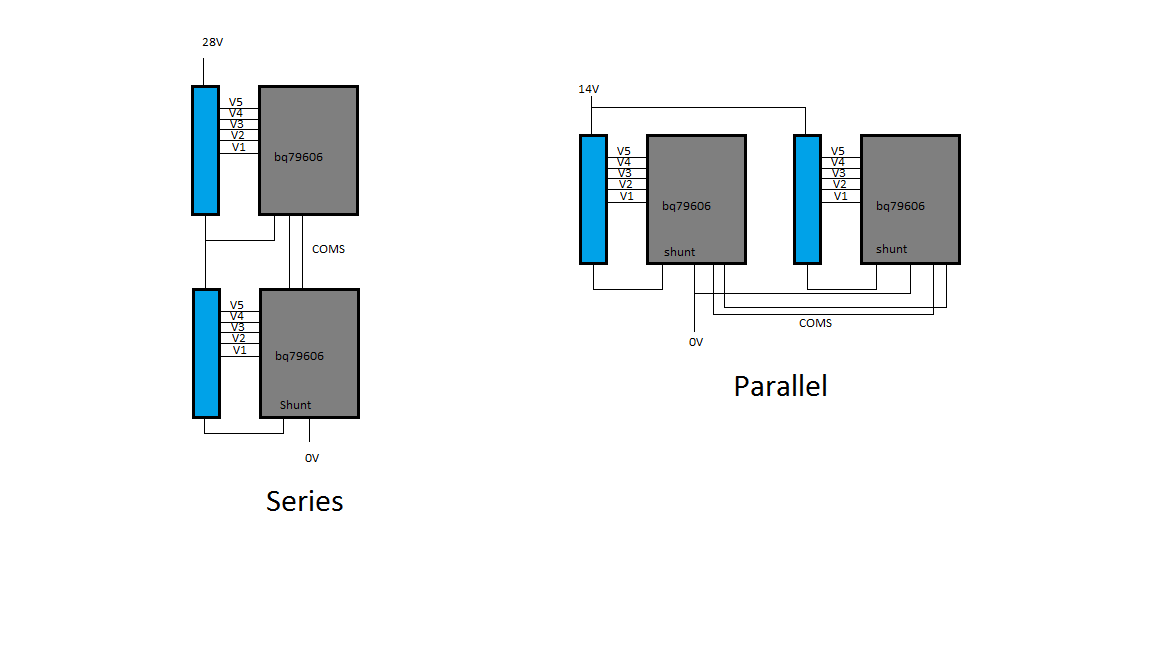Hi,
We have a new industrial/consumer project were we need to design a BMS for a multicell battery pack which can be configured either as 4S2P or 8S1P. The configuration should be switchable during operation (ie, the micro in the BMS would switch the cells as needed). I am looking for a cell balancing chip which could be used in such a project. My thought is to use a two stackable battery balancers and make two battery packs with a 4S1P configuration. I would than either cascade the battery packs to create the 4S2P or connect them in parallel to achieve the 4S1P configuration.
I am still relatively new to battery management so any help would be very appreciated. Is my idea the proper way to go or are there issues with my idea I'm not considering? Could you suggest any ICs and evaluation boards which could be used to achieve this task?
Battery Pack Specs: Li-Ion 14V @ 20A (4S2P) and 28V @ 10A (8S1P)
Thanks


